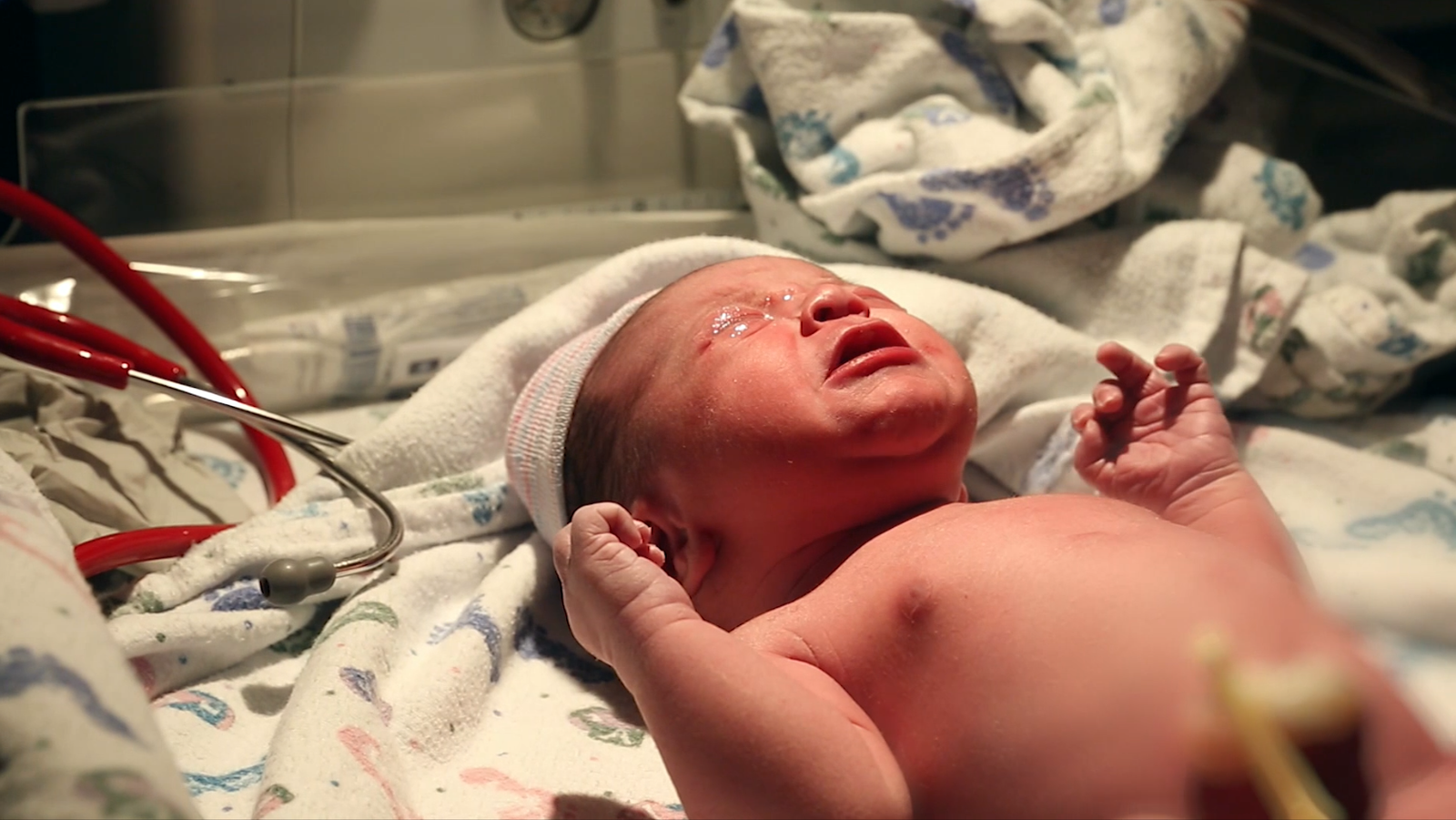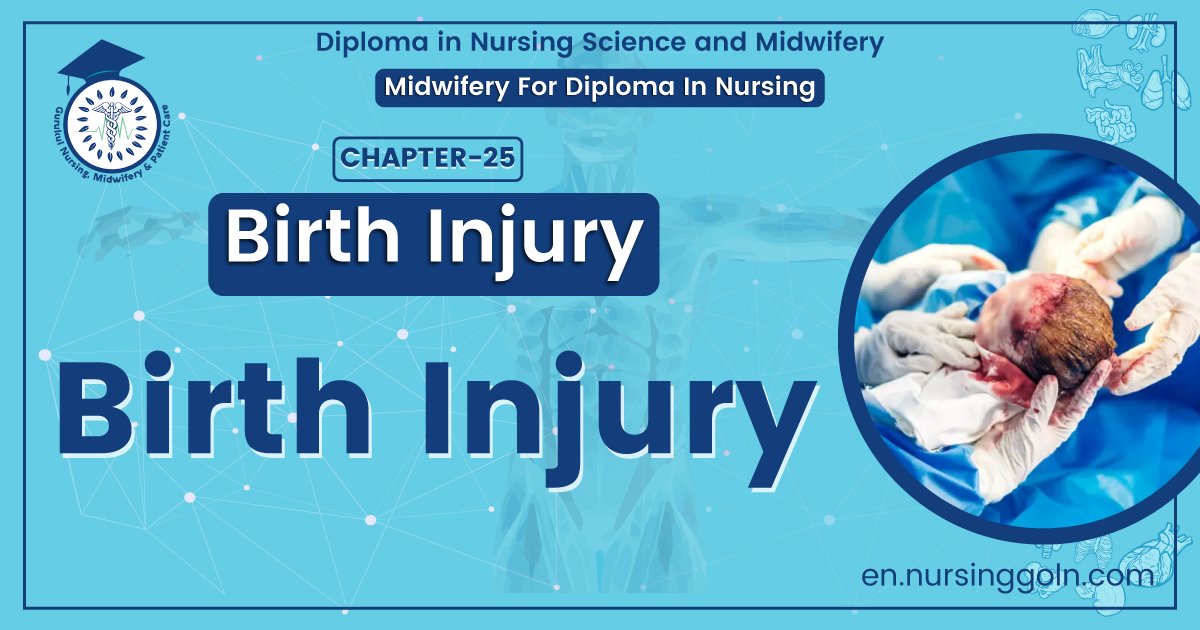Birth injury – This course is designed to understand the care of pregnant women and newborn: antenatal, intra-natal and postnatal; breast feeding, family planning, newborn care and ethical issues, The aim of the course is to acquire knowledge and develop competencies regarding midwifery, complicated labour and newborn care including family planning.

Birth injury
Birth injury
Birth injury is the trauma during the process of delivery. It includes both avoidable and unavoidable trauma during birth process.
[Ref-Paediatric Nursing, Parul Datta/4th]
Or
Birth injury is defined as an impairment of the neonate’s body function or structure due to an adverse event that occurred at birth. Injury may occur during labor, delivery, or after delivery, especially in neonates who require resuscitation in the delivery room.
Or
A birth injury is any injury which occurs while the baby is in delivery or results from complications of the labor and delivery process. Birth injuries can be serious for both the baby and the mother, ranging from mild to severe.
Predisposing factors of birth injury
1. Primigravida.
2. Cephal-opelvic disproportion
3. Maternal pelvic anomalies
4. Small maternal stature.
5. Prolonged or precipitate labour.
6. Fetal macrosomia
7. Oligohydramnios.
8. Deep transverse arrest of descent of presenting part of the fetus
9. Abnormal presentation (breech).
10. Fetal anomalies
11. Vacuum extraction.
12. Very low birth weight infant or extreme prematurity
13. Large fetal head.

Common birth injuries
The following injuries can be encountered during birth –
Skull:
| Soft tissue injuries:
| Musculoskeletal injuries:
|
Intra-abdominal injuries:
| Nerve injuries:
|
[Ref-Piyush Gupta/1/233]

Types of birth injury
| Site of injury | Type of injury |
| A. Scalp | 1. Caput succedaneum 2. Subgaleal hemorrhage 3. Cephalhematoma |
| B. Skull | 1. Linear fracture 2. Depressed fracture 3. Occipital osteodiastasis |
| C. Intracranial | 1. Epidural hematoma 2. Subdural hematoma 3. Subarachnoid hemorrhage 4. Cerebral contusion 5. Cerebellar contusion 6. Intracerebellar hematoma |
| D. Spinal cord (cervical) | 1. Vertebral artery injury 2. Intraspinal hemorrhage 3. Spinal-cord transection or injury |
| E. Plexus | 1. Erb palsy 2. Klumpke paralysis 3. Total (mixed) brachial plexus injury 4. Horner syndrome 5. Diaphragmatic (phrenic nerve) paralysis 6. Lumbosacral plexus injury |
| F. Cranial and peripheral nerve | 1. Radial nerve palsy 2. Medial nerve palsy 3. Sciatic nerve palsy 4. Laryngeal nerve palsy 5. Diaphragmatic paralysis 6. Facial nerve palsy |
Read More.
